Disclaimer: This article discusses the modern legal stances on LGBTQ+ rights. Here at SexInfo, we are not legal professionals. We also recognize that sexual orientation goes beyond lesbian, gay, and bisexual; in addition, gender identity goes beyond cisgender, transgender, and non-binary. We use these identities to remain concise and applicable to the identities mentioned in the laws we are covering. We encourage you to explore our other articles on sexual orientation and gender identity to learn more.
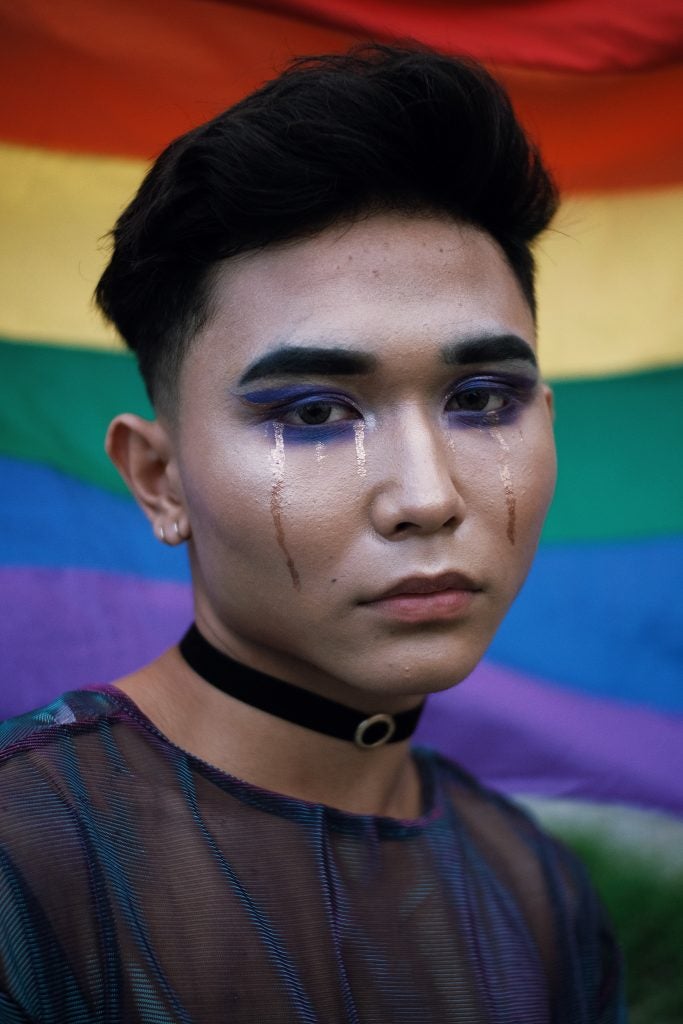
Historians generally agree that there is evidence of LGBTQ+ existence in every documented culture in recorded history.9 Same-sex attraction and gender non-binary individuals have existed throughout all times and places regardless of their acceptance. But not all LGBTQ+ individuals have been afforded their rights as human beings. In fact, there is a long history of discrimination and denial of rights when it comes to the LGBTQ+ rights movement and LGBTQ+ individuals, especially in the United States.9
Scholars seem to agree that the modern LGBTQ+ rights movement began with the Stonewall riots in 1969, when patrons of the Stonewall inn, a popular bar for LGBTQ+ New Yorkers at the time, fought back against ongoing police raids of their space.9 The Stonewall riots were led by Black lesbians and transwomen of color, who are credited with being the initial leaders of the modern LGBTQ+ rights movement. These riots marked a turning point for LGBTQ+ liberation in the United States, following with several large-scale marches on Washington D.C. that took place in 1979, 1987, and 1993.9 Given the severity of the Acquired Immunodeficiency Syndrome (AIDS) crisis and its heavy association with the gay community, the epidemic both brought increased homophobia to the country while also providing increased visibility for the LGBTQ+ rights movement. More recently, in the early 21st century, transgender visibility has increased substantially, and several significant gains have been made for the LGBTQ+ community as a whole.9
However, the movement has yet to create an environment where LGBTQ+ people can enjoy all of the rights their non-LGBTQ+ counterparts are privy to on a daily basis. While the LGBTQ+ community is continually denied validity and acceptance, their physical safety is also commonly threatened. For example, the worst mass shooting in United States history took place at the Pulse Nightclub in Orlando, FL, a frequent spot for LGBTQ+ individuals.9 This article aims to briefly outline the current state of American LGBTQ+ rights with the intention of discussing both positive and negative changes that have occurred in the 21st century relating to the LGBTQ+ movement and LGBTQ+ people in America.
Table of Contents
Landmark Court Rulings
Given the common law judicial system in the United States, Supreme Court rulings essentially function as legal statutes that all similar cases must adhere to. Thus, when the federal Supreme Court tries a case involving LGBTQ+ rights, their ruling becomes a law that every jurisdiction in the United States must abide by until such a ruling is overturned or deemed unconstitutional.
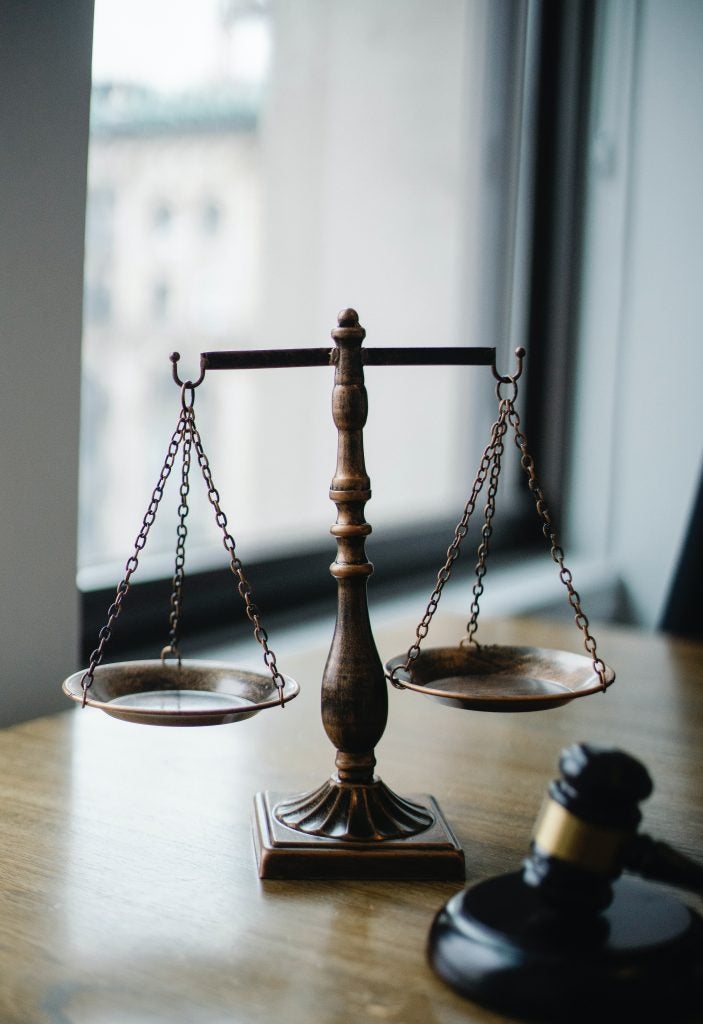
Numerous landmark decisions have both denied and granted various rights to members of the LGBTQ+ community, several of which are discussed here. One such case, while not widely known, has played an important role in granting same-sex couples the right to engage in sexual activity within the privacy of their own homes. Lawrence v. Texas (2003) overturned the earlier precedent set by Bowers v. Hardwick (1986), which had prohibited same-sex sexual activity, or as it was known at the time, “sodomy,” in both public and private spaces. In Lawrence, the Supreme Court found that Bowers had infringed upon an individual’s right to privacy, and as such, was unconstitutional.
Over a decade after Lawrence, the Supreme Court presided over Obergefell v. Hodges (2015), a case whose name may not be widely known but whose decision has made an immense impact on the rights of the LGBTQ+ community.9 Obergefell essentially overturned the 1973 ruling in Baker v. Nelson, a case which decided that the constitution does not guarantee the right of same-sex couples to get married. The Obergefell ruling forced all fifty states to legalize same-sex marriage, regardless of existing state or local laws that may have prohibited the practice.
More recently, in Bostock v. Clayton County (2020), the Supreme Court ruled that discrimination based on sexual orientation is federally illegal due to the provision in the Civil Rights Act prohibiting discrimination based on sex.8 A second case, R.G. & G.R. Harris Funeral Homes, Inc. v. E.E.O.C (2020), was brought forth around the same time and resulted in a related ruling that discrimination on the basis of gender identity is illegal per the Civil Rights Act.8
Lesbian, Gay, & Bisexual Rights
While the LGBTQ+ community is often perceived as one large group, there are several distinctions that need to be made when discussing LGBTQ+ rights in a comprehensive manner. Primarily, sexual orientation and gender identity have been treated as separate issues in discussing legislative policy changes. Therefore, not all rights that are afforded to lesbian, gay, and bisexual individuals are also afforded to transgender and gender non-binary people. The following sections center on the rights of lesbian, gay, and bisexual individuals as well as anti-discrimination protections based on sexual orientation.
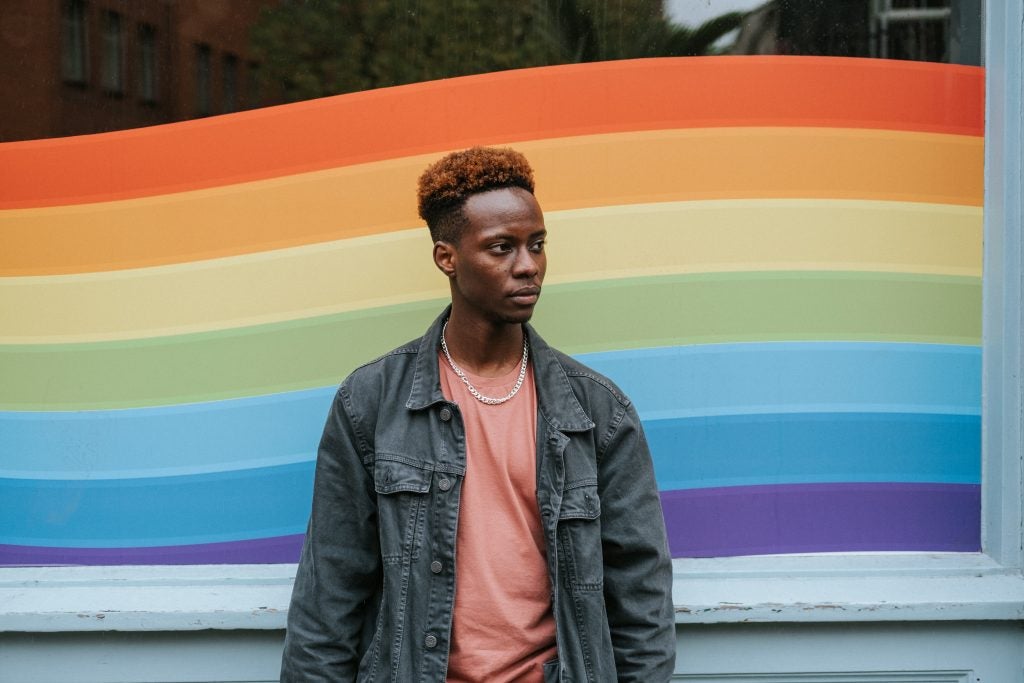
Marriage Equality
As mentioned previously, all fifty states have legalized same-sex marriages, due in large part to the landmark ruling in Obergefell v. Hodges (2015).9 However, the journey to marriage equality began decades before 2015, with Vermont being the first state to recognize same-sex civil unions as legitimate in 2000.9 While marriage equality does allow same-sex couples to reap the benefits of marriage, marriage equality does not necessarily dismantle the heteronormative structure that allows for homophobic discrimination. Marriage was born from heteronormative European norms and remains an institution used to keep underprivileged communities from acquiring certain rights. Not all lesbian, gay, and bisexual individuals are able to get married, even though same-sex marriage is legal in all 50 states. For instance, African American same-sex couples cannot always access the benefits that come with marriage due to their decreased likelihood to get married in addition to the intersection of their sexual orientation.17 Thus, marriage equality has awarded many couples with additional rights but has not done so equally across all same-sex couples of varying races, socio-economic statuses, and education levels.17
Blood Donation
In the late 1900s, the AIDS epidemic emerged in the United States with the initial infected population being largely men who have sex with men (MSM).9 The scientific community has since realized sexual orientation was not the reason many MSM contracted AIDS; however, the persistent association between MSM and AIDS resulted in massive distrust of blood products taken from MSM due to ongoing stigma and homophobia surrounding the MSM population. In fact, from the 1980s up until 2015, the FDA refused to accept blood donations from MSM because of their private sexual activities.5 In 2015, the FDA loosened their restrictions by allowing MSM to donate blood, but only if they had not had any MSM contact at least 1 year prior to their donation.5 In 2020, when the COVID-19 pandemic struck the U.S., blood shortages forced the FDA to again loosen their requirements by reducing the deferral period from one year to three months, meaning MSM only had to refrain from same-sex sexual activity for three months prior to donating blood.5 While blood donation might not be a right that is frequently discussed as a pressing issue, the discriminatory policies against MSM warrant a discussion of what consequences the FDA’s restrictions have on the LGBTQ+ community.
Adopting Children
Like the institution of marriage, the American understanding of family has tended to exclude same-sex couples, especially in terms of raising children. In 2016, the Supreme Court of the United States ruled that same-sex couples who legally adopt a child in one state must be recognized as the legal parents of said child in every state.13 However, in early January 2021, the Department of Health and Human Services removed anti-discrimination protections for same-sex couples in social services such as adoption and foster care.11 These anti-discrimination protections were reinstated by the Biden administration through an Executive Order in late January, 2021 which extended anti-discrimination protections to apply to all government services.15 Although same-sex couples are protected from discriminatory practices in adoption, whether or not these policies are adhered to is less certain.
Housing Discrimination
As previously mentioned, the Executive Order reinstating anti-discrimination protections against LGBTQ+ individuals in social services also extended such protections to other areas of government.15 Housing is one area that is protected under this Executive Order; however, before this type of protection was implemented, providers of social services were permitted by the Department of Health and Human Services to claim religious freedom in defense of discrimination.11 As a result, homeless shelters were allowed to deny lesbian, gay, and bisexual individuals access to enter solely based on their sexual orientation.11 This discrimination not only posed a problem because of its oppressive nature, but also exacerbated the issue of LGBTQ+ homelessness as LGBTQ+ individuals are more likely to experience homelessness than their cisgender and heterosexual counterparts.
Employment Discrimination
In Bostock v. Clayton County (2020), the Supreme Court of the United States decided the anti-discrimination protections provided by the Civil Rights Act (1964) applied to cases of employment discrimination based on sexual orientation.8 This made it illegal for employers to discriminate against employees because of their sexuality, yet a number of Americans have objections to this anti-discrimination protection because they believe it to be within their First Amendment rights (freedom of religion) to refuse to hire or treat lesbian, gay, and bisexual individuals equally if their religion does not acknowledge any sexual orientation other than heterosexuality.11 The United States Equal Employment Opportunity Commission (U.S. EEOC) outlines Employee Rights for American workers and lists sexual orientation under categories for which a person cannot be harassed or discriminated against in the workplace.3
Notwithstanding these rights, in late 2020, the Trump administration’s Department of Labor passed religious exemptions which undermined the Obama administration’s Executive Order 11246 (anti-discrimination protections for government employees), allowing for discrimination based on sexual orientation if the reasoning relates to religious beliefs.4 Additionally, Trump issued an Executive Order which prohibited diversity training for government employees including training which would inform employees about the consequences of discriminating against LGBTQ+ individuals.11 Both the Department of Labor’s exemptions and Trump’s Executive Order infringed upon LGBTQ+ employee rights as defined by the USEEOC.
Medical Services
Under the 2010 Patient Protection and Affordable Care Act (PPACA), patients are protected from discrimination on the basis of sexual orientation.16 The PPACA, also referred to as ObamaCare, may have legally prohibited discrimination based on sexual orientation, but many medical practitioners continue to bring their personal biases and beliefs into their patients’ medical care without overtly discriminating against them.16 Additionally, certain medical considerations, like Pre-Exposure Prophylaxis (PreP), are geared towards and specifically for gay individuals and require special considerations for such patients. However, discrimination within medical services may prohibit LGBTQ+ folks from learning about or accessing medication that can improve their safety.
Roughly a decade after the PPACA was passed, the Trump administration’s Department of Health and Human Services (HHS) removed certain protections for social services which allowed certain groups, LGBTQ+ included, to be denied services that would give them access to medical care.11 For instance, elderly LGBTQ+ residents at senior homes may be denied transportation to a hospital given the senior home’s designation as a social service.11
Military Service
LGBTQ+ military service has a long, complicated history which is still ongoing today. In 1993, President Clinton implemented the “Don’t Ask, Don’t Tell” policy which essentially permitted gay men to serve in the military so long as their sexual orientation was not revealed publicly.6 Not only did this policy force many servicepeople to stay closeted, it also had no positive effect on the lives of gay people serving in the military.6 Many opponents of the policy claimed that Don’t Ask, Don’t Tell simply reframed the former regulation banning gay servicemembers as a “compromise” that still had the effect of a ban.6 After a decade and a half of Don’t Ask, Don’t Tell, the Obama administration repealed the policy in 2010 to remove the ban on military service members who are attracted to their same sex.
Transgender & Non-Binary Rights
As mentioned previously, certain rights are granted to lesbian, gay, and bisexual Americans that have not yet progressed to include transgender and gender non-binary individuals. The following sections discuss the various issues surrounding civil rights in terms of transgender identities specifically and how they may or may not differ from those of lesbian, gay, and bisexual people.
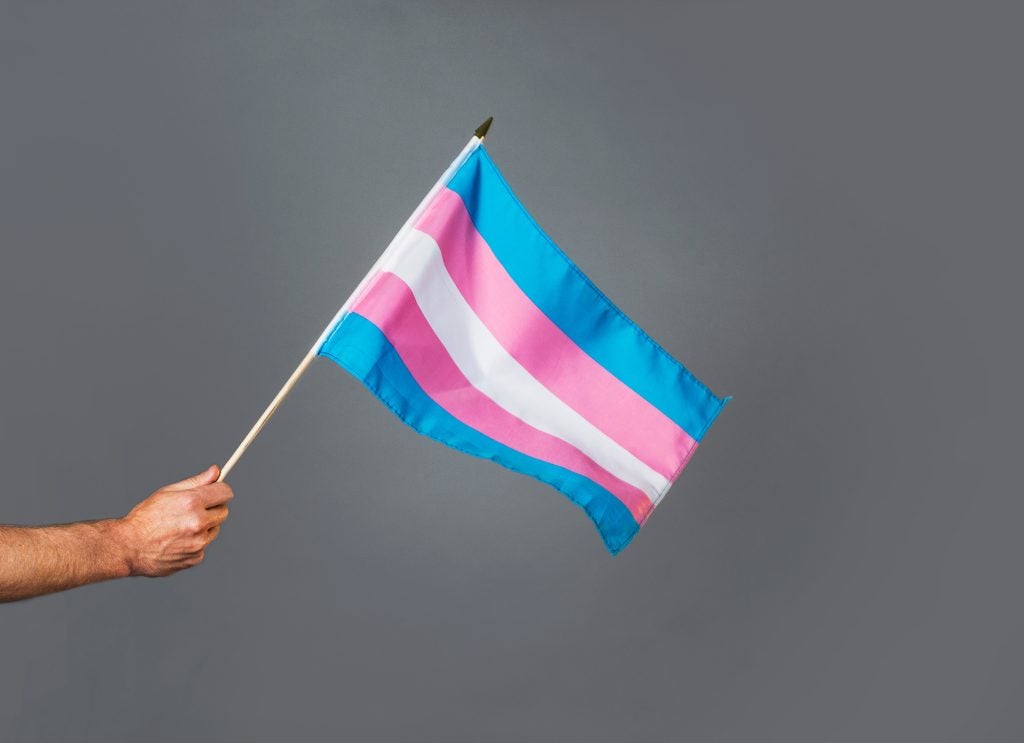
Housing Discrimination
When the anti-discrimination policies were reversed by the Department of Health and Human Services in early January of 2021, gender non-binary individuals were also affected in addition to lesbian, gay, and bisexual people.11 In late January, 2021, President Biden issued an Executive Order reinstating anti-discrimination policies based on the precedential Bostock ruling and extended its applicability to the Fair Housing Act.15 This meant that discrimination on the basis of gender identity is illegal and warrants repercussions. Regardless of the legal protections, transgender individuals still experience discrimination when looking for housing.
Education Discrimination
Under the Obama administration, the Department of Education required schools to treat transgender and non-binary students according to their gender identity. This meant students would be allowed access to bathrooms that matched their identity and be referred to by their chosen pronouns. However, under the Trump administration, the Department of Education eliminated these guidelines, allowing schools to deny bathroom access and use deadnames and mismatched pronouns.11 Trump’s Department of Education also decided that transgender students should not be allowed to participate in sports according to their gender identity, and allowing transgender students to do so would warrant withholding federal funding for schools.11 As such, a transgender student’s right to education is not always granted since many students must attend school at the cost of suffering the effects of transphobic attitudes and policies as well as increased symptoms of gender dysphoria.
Employment Discrimination
Although the aforementioned Harris Funeral Homes ruling prohibits discrimination on the basis of gender identity, in practice, transgender and non-binary individuals continue to face discrimination in the workplace.8 As mentioned with regards to sexual orientation, the Trump administration’s Department of Labor passed religious exemptions to the anti-discrimination protections for government employees. The same exemptions applied to discrimination based on gender identity and expression and allowed such discrimination to occur if done for religious reasons. Trump’s aforementioned Executive Order also affected transgender employees since diversity training for gender identity was prohibited in the EO.11 Even though the Biden administration’s Department of Labor renewed anti-discrimination protections for transgender individuals, the employee rights of transgender people may continue to be violated both legally and illegally depending on what actions the United States takes next.
Medical Services
Access to medical care is a right that many Americans continue to struggle for, especially those Americans who identify as transgender or non-binary. Transgender and non-binary individuals have long faced discrimination in medical care solely on the basis of their gender identity and expression. Their right to medical treatment can be hindered by the biases and personal beliefs of medical personnel whose job it is to treat all persons regardless of their identity. In June of 2020, the Department of Health and Human Services (HHS) decided to roll back Obama-era protections against healthcare discrimination on the basis of gender identity. Up until that point, it had been illegal to discriminate against a transgender individual in healthcare based on their transgender identity; however, the HHS Department created a Religious Discrimination Division intent on defending healthcare professionals who refuse care to LGBTQ+ persons.11 In doing so, HHS allows medical practitioners to claim their religion does not allow for non-binary identities, therefore absolving said medical personnel from blame for refusing to provide treatment to transgender patients.11
Beyond discrimination, transgender and non-binary individuals face another barrier to healthcare in their insurance coverage. Gender dysphoria can cause many transgender and non-binary individuals to suffer intensely without proper medical support. While treatment for such a condition depends largely on the person being treated, individual treatment plans often include hormone therapy, behavioral psychotherapy, and surgery, all of which cost an exorbitant amount without sufficient insurance coverage. An individual’s right to medical care has been debated on a larger scale due to the extreme disparity in access to care witnessed by those without the means to obtain insurance. Yet, even if transgender individuals manage to obtain health insurance, their provider may not cover services needed to alleviate symptoms of gender dysphoria or to make their transition. Thus, the issue of medical rights has yet to make enough progress to provide the basic well-being that should be afforded to every person living in the United States, including transgender and non-binary people who choose to have any form of medical transition.
Military Service
When the Obama administration rescinded Don’t Ask, Don’t Tell, gender non-binary individuals were still denied the possibility of serving in the military. Even though the ban on transgender military service was lifted in 2016, the Trump administration declared another official ban on transgender service in the military in 2017.11 At the beginning of his administration, President Biden reversed the Trump administration’s ban as one of his first acts as president.1 As it stands, gender non-binary people are allowed to serve in the military, yet the volatility of this issue leaves the future of transgender military service uncertain.
Identity Documents & ID Cards
Obtaining identification documents or cards that reflect the gender identity of a non-binary individual is becoming less difficult as time progresses; however, many difficulties still exist to prevent the proper identification of transgender individuals. Even if a transgender person transitions to express their gender identity, they may not be able to have documents with matching pronouns or to legally change their name. While many states have begun streamlining the process of issuing new identity documents with updated genders and names to transgender individuals, a number of states also wish to maintain the barriers to obtaining proper identification documents.2 However, transgender individuals are required to have a gender listed on their driver’s licenses, even if the state refuses to list their gender as that with which they identify.2
Even in places where obtaining a name change or gender change on official documents is legal, such changes may not be accessible to those coming from impoverished backgrounds. Officially changing one’s name or gender requires paying a hefty fee in many cases, meaning a number of transgender folks seeking a name or gender change on their identity documents still cannot make those changes because of the financial burden.2 Since the federal government left it up to the states to decide how to handle gender on identity cards, the accessibility of documents that reflect one’s gender identity depends largely on a person’s geographic location. But not having a proper identification card can lead to a host of other inaccessible spaces.
The United States relies on identification cards to prove someone’s legal age, citizenship, and of course, gender.2 When a transgender individual cannot obtain identification that matches their gender identity, they become greatly limited in what rights they can and cannot access as an adult. For instance, when a transgender person’s driver’s license lists an incongruent gender, they may not feel comfortable using said license for fear of triggering symptoms of gender dysphoria or other forms of general uneasiness, including a threat to their overall safety. As such, they may avoid situations where they need to show their license as identification. This would mean they could not buy alcohol at the grocery store, enter a bar, or board a flight without having to provide identification. They could not take standardized tests, cast a ballot, or even get pulled over by the police without having to confront the reality of their identity document that does not reflect who they identify as. Thus, the issue of listing gender on identity documents leads to a whole host of other issues that can limit what rights are afforded to someone whose identity does not match the gender listed on their documents.
Bathrooms
The right for a transgender individual to use the bathroom that matches their gender identity is one that tends to be particularly controversial. A sizeable portion of the American public holds a deeply binary understanding of gender, which means many transgender people are forced to decide whether to use a restroom that does not match their gender identity or wait until they can use a bathroom that does match or is neutral. A growing number of restrooms have converted to gender neutral spaces for anyone of any gender to use, but these restrooms face backlash from those who believe neutral restrooms pose a danger to society on a number of grounds.
A popular reason for denying transgender individuals access to correct restrooms is to protect female restrooms from sexual predators disguised as women; however, a UCLA study on the subject found no link between transgender-inclusive bathroom policies and decreased bathroom safety.12 The study analyzed data from public records regarding instances of voyeurism, sex crimes, and assault in restrooms, locker rooms, and other gender-specific spaces to look for patterns in safety and privacy violations in these spaces. Based on the data analyzed by these researchers, there is no empirical basis for denying transgender individuals access to restrooms that match their gender identity. The idea that transgender people may increase the level of danger in bathrooms draws from the historical notion that transgender people are dangerous and unstable; this notion is false and based in the fearmongering of transphobic individuals.
However, many prominent public figures, such as J.K. Rowling, continuously and persistently use this unfounded reasoning to argue for forcing transgender people into the wrong bathrooms.14 In Rowling’s particular case, many have labeled her as a Trans-Exclusionary Radical Feminist (TERF) for her persistently transphobic comments on social media and through her published works. Even though Rowling’s reasoning for being a TERF does not hold true scientifically, many in the United States share her concerns which serves to limit transgender individuals’ access to bathrooms that match their identity.
Transphobia regarding bathrooms has large implications in legislation, especially when the United States was under the Trump administration. One of the Trump administration’s first acts in 2017 was to withdraw guidelines for public schools which gave transgender students the right to use restrooms of their gender, forcing many transgender students around the country to use an incorrect bathroom once again.11 Even during the aforementioned landmark case, Harris Funeral Homes, the Supreme Court justices found themselves delving specifically into the issue of bathrooms when discussing anti-discrimination policies in the workplace. The United States still has yet to come to a consensus on whether a person has the right to use a bathroom that matches their gender identity, and the debate may not resolve itself until a much later date.
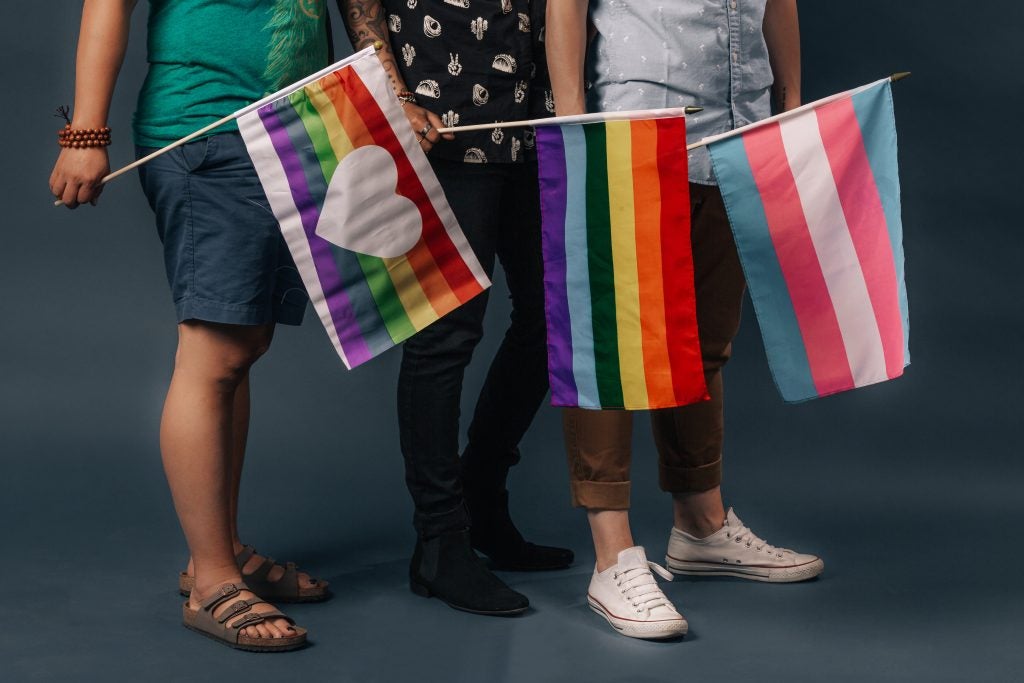
Concluding Remarks
The rights and legislative policies described above are always subject to change in the United States. Given the relative recency of many decisions regarding LGBTQ+ rights, the future of these decisions remains unclear. As the first month of 2021 shows, policies regarding LGBTQ+ rights are constantly changing, sometimes three or four times within 30 days. Whether the issue is marriage or employment or bathrooms, the LGBTQ+ community and allies must continue advocating for their rights as human beings.
Beyond the legal realm, LGBTQ+ individuals face disproportionate levels of violence, suicidality, assault, and poor sexual and mental health. If the worst mass shooting in United States history has proven anything, it is that LGBTQ+ spaces such as Pulse are still targets for violence and hatred. The LGBTQ+ community has made many requests of the newly inaugurated Biden administration, but whether or not those requests will be fulfilled remains to be determined. The fight for LGBTQ+ rights rages on in the United States and will likely continue to do so for decades to come.
In the meantime, there are a number of actions you can take as an American to encourage progress for the LGBTQ+ movement. For one thing, you can vote for officials who represent your views on LGBTQ+ issues through their platforms. Perhaps you might contact sitting representatives to voice your concerns about LGBTQ+ issues you find pressing. Attend marches, protests, and parades with pro-LGBTQ+ messages to show your support, perhaps as an ally, for the movement. You may donate to pro-LGBTQ+ organizations that work to fight discrimination and provide resources to LGBTQ+ individuals. And by reading this article, you are educating yourself further on the issues at hand. We encourage you to explore other resources that educate on LGBTQ+ rights and the actions we can all take to ensure that human rights are universal for all people, regardless of sexual orientation or gender identity.
References
1. Bennett, G., & Edelman, A. “Biden reverses trump’s TRANSGENDER MILITARY BAN.” NBC News. 2021.
2. A Blueprint for Equality: Federal Agenda for Transgender People Chapter 9: ID Documents and Privacy [PDF]. National Center for Transgender Equality. 2015.
3. “Employee rights.” U.S. EEOC. n.d.
4. Exec. Order No. 11246 As Amended in 13672, 3 C.F.R. (2014).
5. Food and Drug Administration. Revised Recommendations for Reducing the Risk of Human Immunodeficiency Virus Transmission by Blood and Blood Products. 2020.
6. Garza, A. “How ‘don’t ask, don’t tell’ continues to impact the military.” Time Magazine. 2018.
7. Gender dysphoria. Mayo Clinic. 2019.
8. Gessen, M., & Toobin, J. “The Supreme court Considers L.G.B.T. rights, but can’t stop talking about bathrooms.” New Yorker. 2019.
9. “History of lesbian, gay, bisexual and transgender social movements.” American Psychological Association. n.d.
10. Housing discrimination and persons identifying as LGBTQ: HUD.gov / U.S. Department of housing and urban Development (HUD). n.d.
11. “A list of Trump’s ‘UNPRECEDENTED steps’ for the LGBTQ Community.” Human Rights Campaign. n.d.
12. Moreau, J. “No link between trans-inclusive policies and bathroom safety, study finds.” NBC News. 2018.
13. Rayside, D. “Parenting Rights in North America.” In H. Chiang, A. Arondekar, M. Epprecht, J. Evans, R. G. Forman, H. Al-Samman, E. Skidmore, & Z. Tortorici (Eds.), Global Encyclopedia of Lesbian, Gay, Bisexual, Transgender, and Queer (LGBTQ) History (Vol. 3, pp. 1199-1204). Charles Scribner’s Sons: 2019.
14. Rosenblatt, K. (2020, June 11). J.K. “Rowling doubles down in what some critics call A ‘transphobic manifesto’.” NBC News. 2020.
15. Samantha Schmidt, E. (2021, January 22). Biden calls for Lgbtq protections in day 1 executive ORDER, angering conservatives. The Washington Post. 2021.
16. Secretary, H., & (OCR), O. (2020, September 29). Laws and regulations enforced by OCR. Department of Health and Human Services. 2020.
17. Cohen, C. (2014, December 12). “#DoBlackLivesMatter? From Michael Brown to CeCe McDonald: On Black Death and LGBTQ Politics.” Remarks upon receiving the Kessler Award. Center for Lesbian and Gay Studies (CLAGS), The Graduate Center, CUNY. 2014.
Last updated 4 March 2021.
